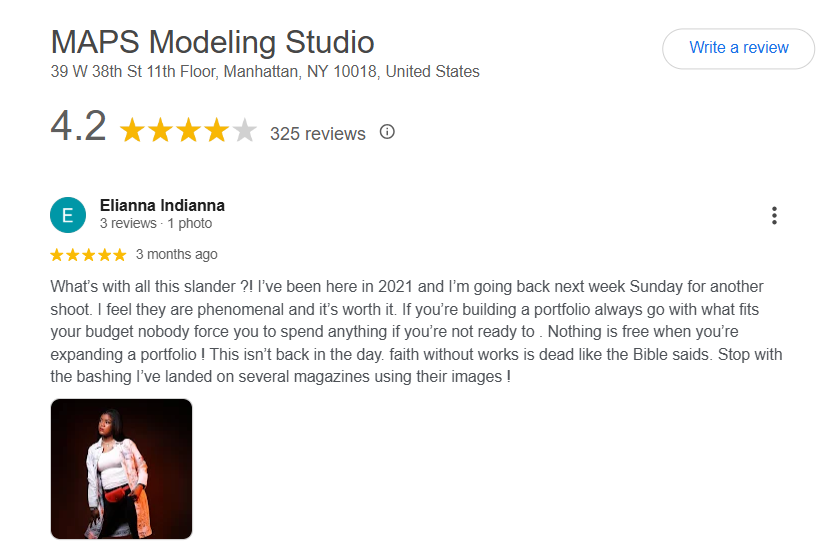3 Tips for Building a Professional Photo Portfolio

To build a professional photo portfolio, we should start by clearly defining our portfolio goals and understanding our target audience. Next, we’ll curate high-quality images, choosing only our best work to showcase. Finally, organizing these images for cohesion will help tell our story effectively. Mobile optimization and easy navigation will enhance accessibility for viewers. Let’s explore how we can refine these elements and engage our audience even more effectively.
Understand Your Portfolio Goals
How can we effectively define our portfolio goals? First, we need to identify what we want our portfolio to achieve—whether it’s showcasing our artistic journey or attracting specific clients.
By understanding our target audience, we can tailor our images to meet their needs. It’s essential to reflect on our preferred photography focus, be it portraiture, nature, or another niche. This focus guides our photo selection and helps us reflect our unique style.
Regular updates are vital, as they keep our portfolio aligned with our evolving skills and style. Additionally, we should balance client work with personal projects to demonstrate both versatility and passion.
Ultimately, clear goals shape a more impactful and engaging portfolio.
Curate High-Quality Images
While curating high-quality images for our portfolio, we must prioritize showcasing our best work that truly reflects our style and capabilities.
It’s essential to focus on quality over quantity let’s select only our strongest images to avoid clutter. We should conduct regular culls to refine our choices and analyze rejected photos for growth opportunities.
Including a variety of shots will demonstrate our versatility and ability to handle diverse assignments, appealing to a broader range of clients. We’ll aim for a balanced mix of styles, moods, and lighting techniques.
Organize for Cohesion
To create a cohesive portfolio that effectively showcases our work, we need to thoughtfully organize our images. We should group our photographs by themes, such as mood or color palette, to enhance visual storytelling. This organization creates seamless connections between different tones, making our portfolio more appealing.
It’s essential to include a mix of angles, aspect ratios, and lighting styles to demonstrate our versatility across various assignments. By curating a collection that flows logically, we can keep viewers engaged and interested in our narrative.
Let’s remember that consistency in presentation strengthens our brand identity, so every image should complement the others while reflecting our unique artistic voice. A well-structured portfolio not only impresses but also communicates our capabilities effectively.
Feedback from Our Clients
At Maps Studio, we appreciate the thoughts and experiences shared by our models. In this section, you’ll find screenshots of reviews from various platforms like GMB that showcase our dedicated service and the positive atmosphere we create. These reviews reflect our commitment to helping models build their professional portfolios. Check them out and see what others have to say! For more information, visit Maps Studio.


Frequently Asked Questions
How Often Should I Update My Portfolio?
We should update our portfolio regularly, ideally a few times a year. This keeps it fresh and reflects our evolving style. Adding new work alongside social media posts helps maintain visibility and engagement.
Should I Include Personal Projects in My Portfolio?
Absolutely, we should include personal projects in our portfolio. They highlight our creativity, showcase unique styles, and fill gaps. Personal work can attract specific clients, reflecting our passion and individuality in photography.
What Is the Ideal Size for a Photo Portfolio?
The ideal size for a photo portfolio is around 20 to 40 images. This range lets us showcase quality work without overwhelming viewers, ensuring each piece contributes meaningfully to our overall narrative and style.
How Can I Optimize My Portfolio for Mobile Viewing?
To optimize our portfolio for mobile viewing, we should guarantee a responsive design, fast loading times, and user-friendly navigation. Testing across various devices assures a consistent experience, keeping our audience engaged and impressed.
Is It Necessary to Include Client Testimonials?
Including client testimonials isn’t just beneficial; it’s essential. They build trust and credibility, showcasing our ability to meet client needs. We should highlight positive feedback to attract new clients and demonstrate our expertise effectively.
Conclusion
To sum up, building a professional photo portfolio is a rewarding journey that showcases our talent and passion. By understanding our goals, curating high-quality images, and organizing them cohesively, we can create a portfolio that truly represents us as photographers. Let’s not forget to optimize for accessibility and engage our audience to make a lasting impression. With these tips in mind, we’re well on our way to elevating our portfolios and attracting the clients we desire!
Visit Mapsstudio for more information about photography.
Note: We love sharing creative inspiration, photography tips, and industry insights to help you capture life’s best moments! However, the services, styles, and equipment mentioned in our articles are for informational purposes only and may not reflect our current offerings. For the latest on our photography services and portfolio, visit Maps studio. Let’s create something beautiful together!
- Art
- Causes
- Crafts
- Dance
- Drinks
- Film
- Fitness
- Food
- الألعاب
- Gardening
- Health
- الرئيسية
- Literature
- Music
- Networking
- أخرى
- Party
- Religion
- Shopping
- Sports
- Theater
- Wellness
- IT, Cloud, Software and Technology


